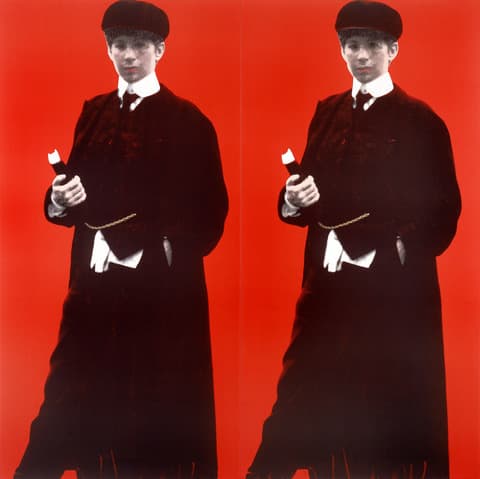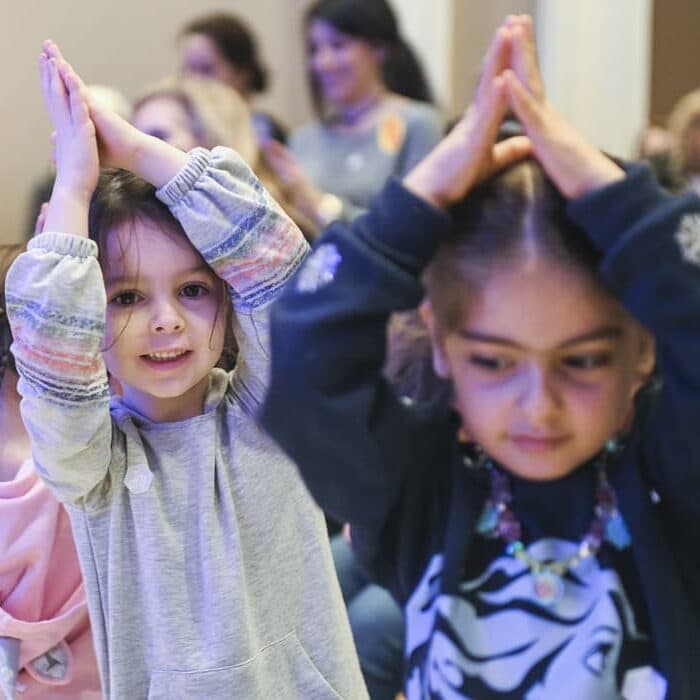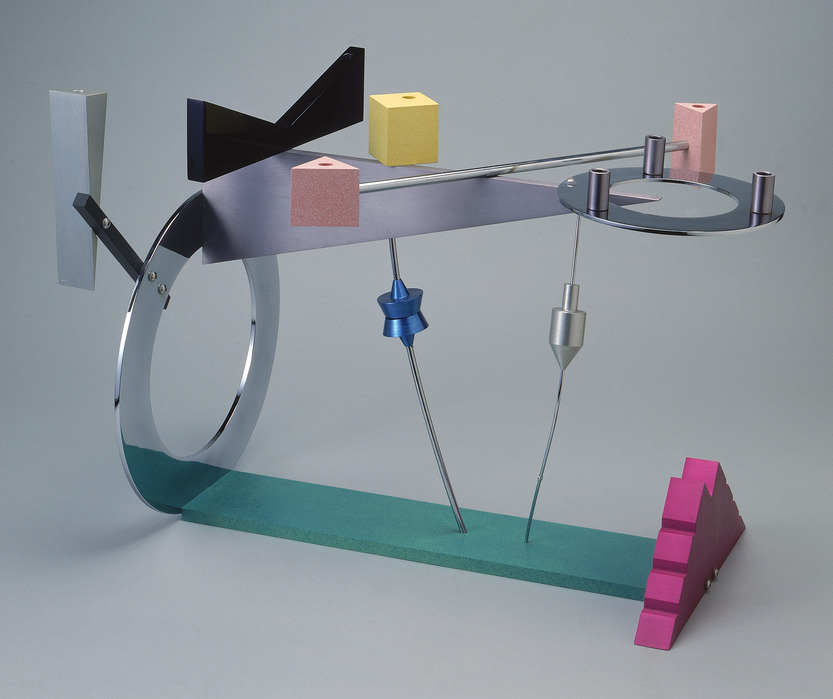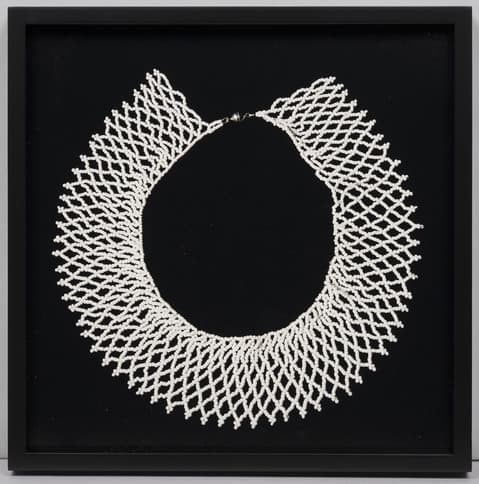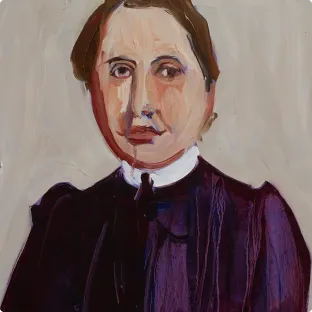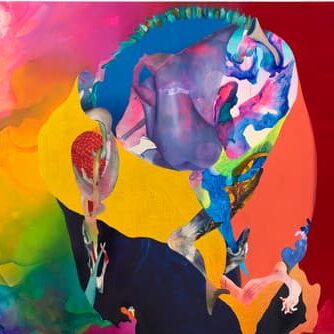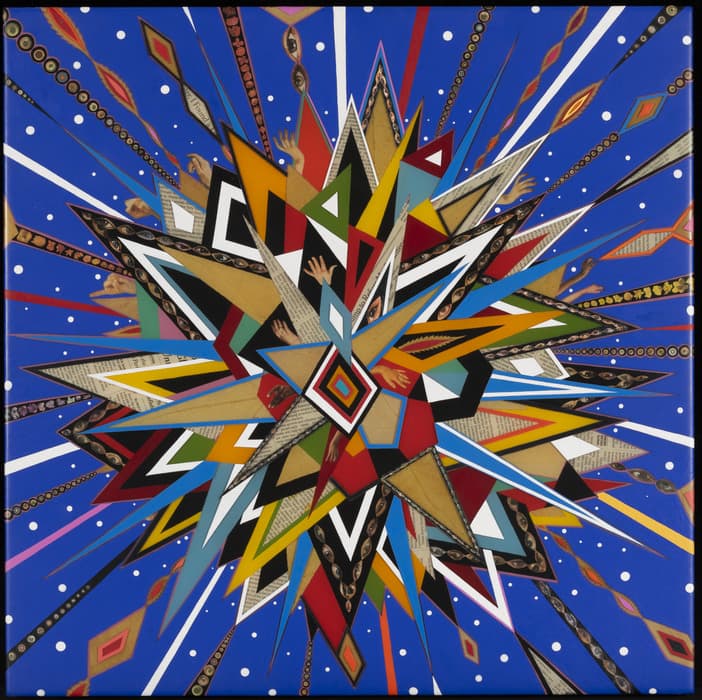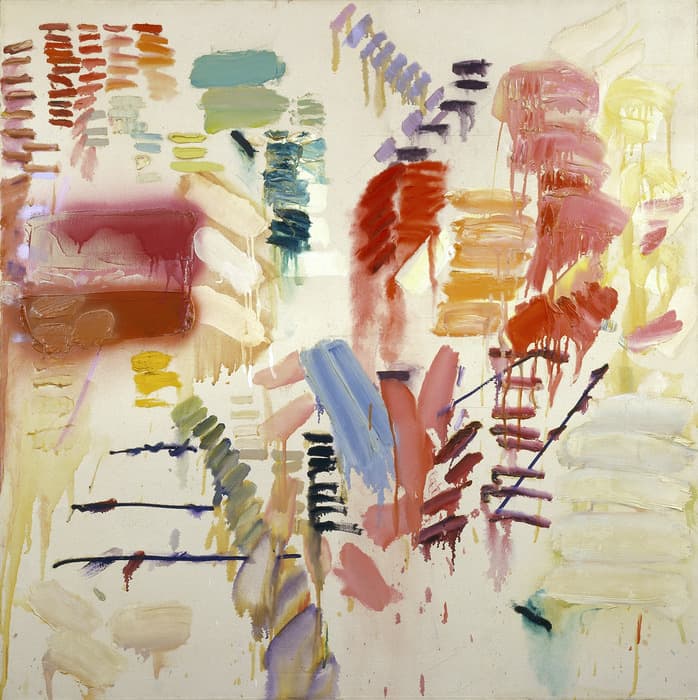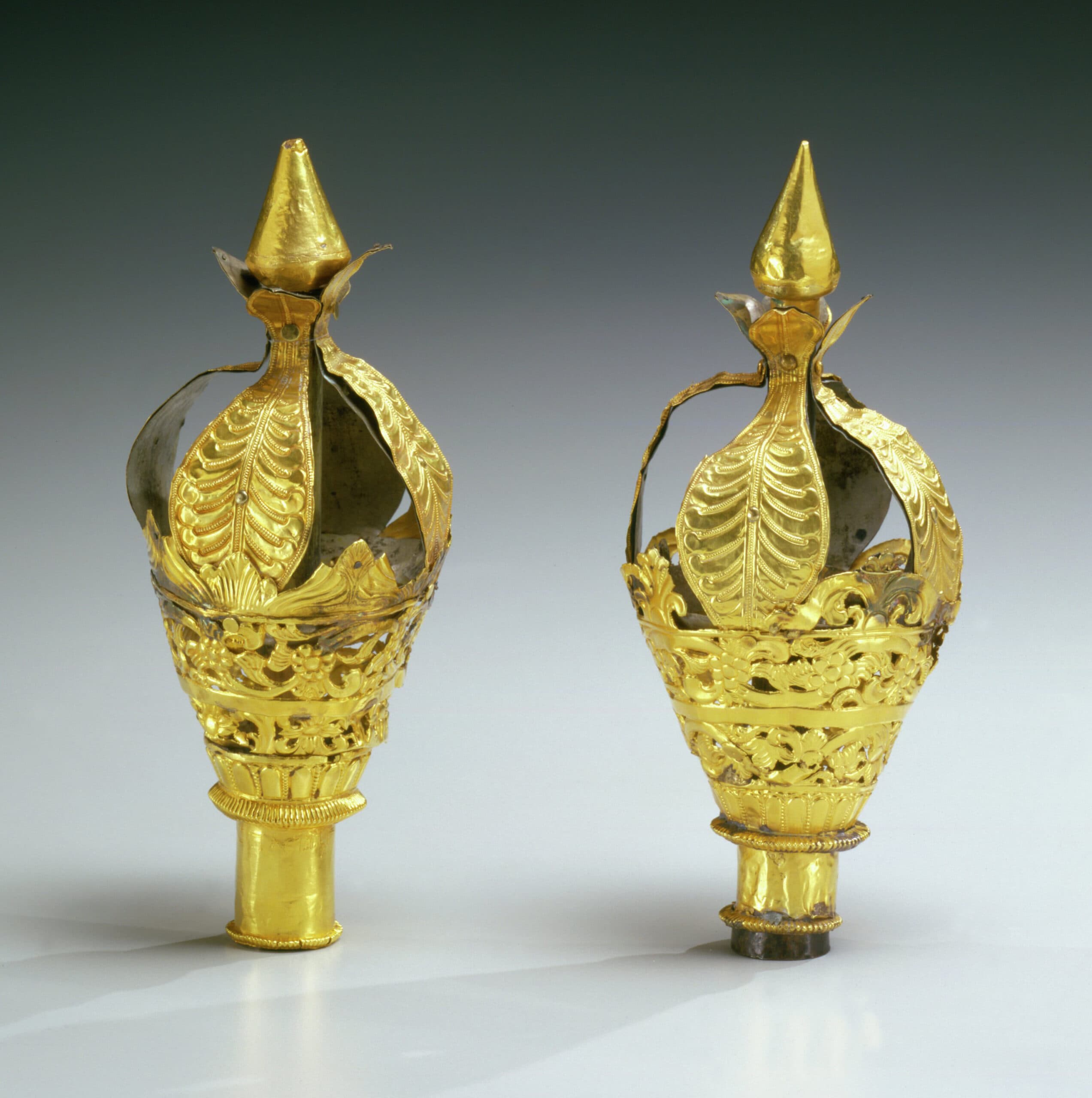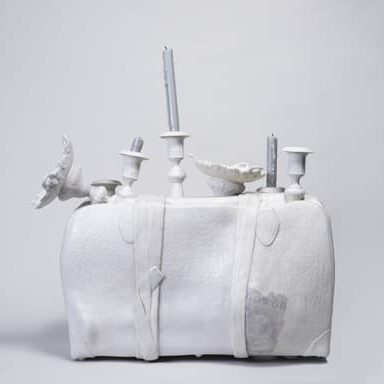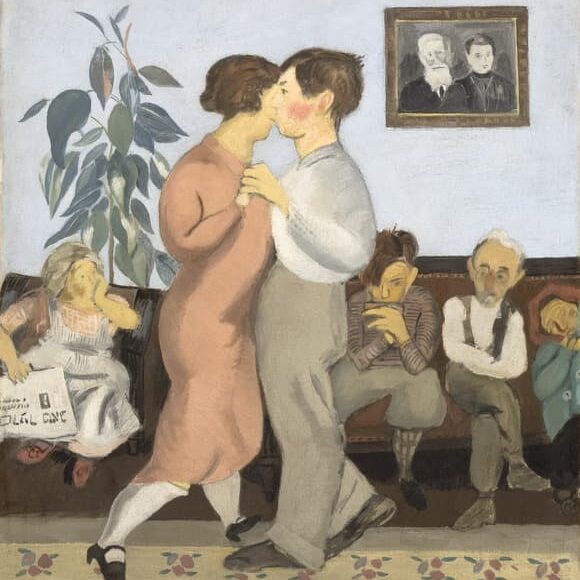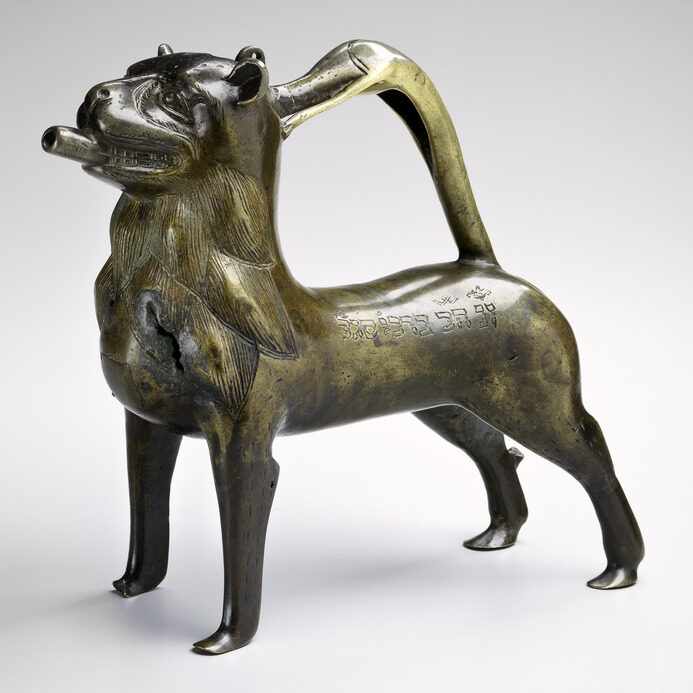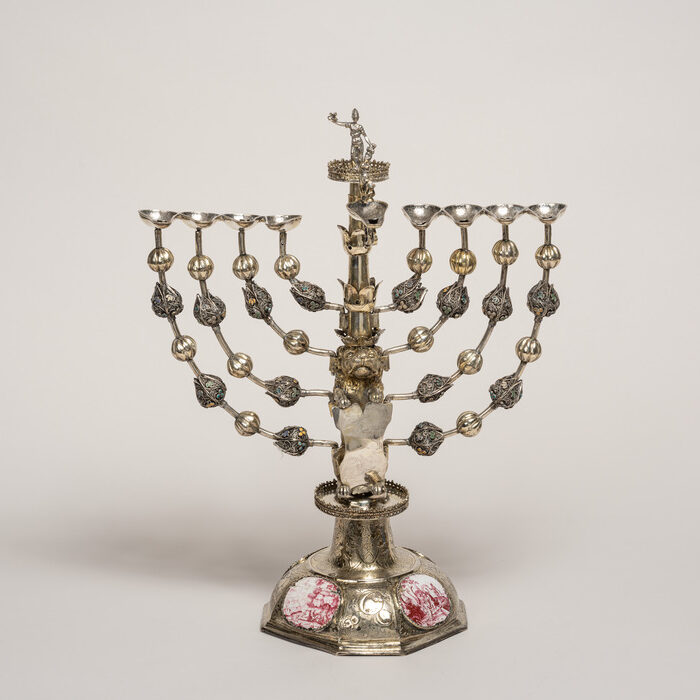The Jewish Museum Presents Exhibition of Contemporary Art and Collection Objects

With Over 350 Works of Contemporary Art, Judaica, and Archaeological Objects
New York, NY – Artists throughout history have commonly employed repetition— artworks in series, multiples, and copies— for reasons ranging from the commercial to the subversive, while the value placed on duplicates in comparison with “original” works has varied widely. On view at the Jewish Museum from March 13 to August 16, 2015, Repetition and Difference explores these concepts through over 350 historic objects from the collection and recent works by contemporary artists, demonstrating how subtle disruptions in form, color, or design can reveal intriguing information about their creation and meaning. Large groups of seemingly identical objects, including silver coins struck in ancient Lebanon and 19th- to 20th-century Iranian marriage contracts, are juxtaposed with recent works by emerging and established international artists Walead Beshty, Sarah Crowner, Abraham Cruzvillegas, N. Dash, John Houck, Koo Jeong A, Kris Martin, Amalia Pica, and Hank Willis Thomas.
Repetition and Difference features works from the Museum’s collection—one of the largest and most comprehensive Judaica collections in the world—that have never before been exhibited in such profusion. Among the highlights are 45 examples of seemingly identical 18th-and 19th-century Hanukkah lamps from Eastern Europe that, on closer observation, display a multitude of motifs as well as small differences due to model condition or casting flaws. A group of 100 silver coins from 126/25 B.C.E. to 58/59 C.E. provide a rare opportunity to examine the contrast between the remarkable consistency in imagery over time and their variations due to human involvement in the minting process. The exhibition will also include boldly patterned 19th-century German Torah binders, enigmatic Judahite pillar figurines from ancient Israel, ornately decorated 19th-and-20th century Iranian marriage contracts, elegant silver spice containers, mezuzah cases, and more.
These and other selections from the Museum’s Judaica and antiquities holdings, supplemented by loans, appear in dialogue with recent work by contemporary artists who explore ideas of difference within repetition. These works focus the viewer’s attention on subtle details that critique advertising, commodity consumption, and mass production. Walead Beshty, Sarah Crowner, N. Dash, John Houck, Kris Martin, and Hank Willis Thomas work with serial or accumulated forms to evoke the characteristics of mass production or to humanize their chosen materials through handmade variations. Los Angeles-based artist Walead Beshty’s series of 40-inch flat-screen television sets features large holes drilled through the screens. These altered televisions still function, but display random variations in the picture when powered on. Similarly, N. Dash repetitively folds and rubs identical pieces of paper in different ways, and then coats them in graphite to highlight their distinct patterns and texture changes.
Abraham Cruzvillegas, Koo Jeong A, and Amalia Pica will present installations utilizing repetition of common materials to emphasize important variations which only become evident by their accumulation. Stabile (with confetti) by the Argentinian artist Amalia Pica consists of colorful confetti paper strewn in a 19-foot circle and adhered to the floor with transparent tape, exploring concepts of randomness and permanence. The ephemeral items like newspaper clippings, photographs, and drawings assembled by Abraham Cruzvillegas are painted a uniform color and mounted to the wall—rendering them indistinguishable from each other and evoking the ad-hoc construction of residential spaces in the artist’s native Mexico City.
Several themes are common to both the contemporary and historic works. Many pieces challenge the conformity and standardization that may be imposed by government, religious ritual, or mass culture. The peculiarities of communication and the manipulative power of language are another recurring motif. A number of works play with the nature of copies, exploring the aesthetics and technology of difference within replication. Finally, several works explore concepts of the human body, or the importance of human touch in the creative process.
Themes of repetition and difference will also be embedded in visitors’ experience of the exhibition. At the entrance, visitors will see four versions of the introductory wall text, each humorously edited to reflect different writing styles— traditional museum style, exaggerated academic style, popular magazine style, and over-simplified textbook style. The installation also features mirrored surfaces, creating repeated images of both the works in the show and visitors themselves. Patterned wallpapers that appear throughout the exhibition are composed of photographs of the Jewish Museum’s historic Warburg mansion taken over the course of its history. These images have been transformed into patterns based on decorative motifs from the Museum’s Judaica collection or derived from ornamentation in the original building, evoking the way pictures are circulated online and the concept of museums as repositories of art and culture.
The sometimes imperceptible, sometimes overt variations among works in the exhibition will foster close reading and thoughtful analysis, in contrast to the often one-dimensional scanning encouraged by digital technologies. Repetition and Difference is titled after Gilles Deleuze’s seminal text Difference and Repetition (1968), a landmark book that fundamentally questions concepts of identity and representation and proposes that repetition is not finite, but rather a reinvention—an “active force producing difference.”
The exhibition will feature over 350 works of contemporary art, antiquities, and Judaica:
Artists
Walead Beshty
Sarah Crowner
Abraham Cruzvillegas
N. Dash
John Houck
Koo Jeong A
Kris Martin
Amalia Pica
Hank Willis Thomas
Objects
Hanukkah Lamps
Marriage Contracts
Mezuzah Cases and Scrolls
Pillar Figurines
Skullcaps
Spice Containers
Torah Binders
Tyrian Shekels
Support
Repetition and Difference is generously supported by the Jewish Museum Centennial Exhibition Fund, the Barbara S. Horowitz Contemporary Art Fund, and the Joan Rosenbaum Exhibition Fund. Additional support is provided by the Leir Charitable Foundations and the Leon Levy Foundation.
Special thanks to The Mexican Agency for International Development Cooperation and The Mexican Cultural Institute of New York.
Press contacts
Anne Scher, Molly Kurzius, or Alex Wittenberg
The Jewish Museum
212.423.3271 or [email protected]
Andrea Schwan
Andrea Schwan Inc.
917.371.5023 or [email protected]

